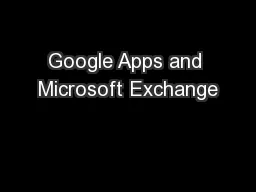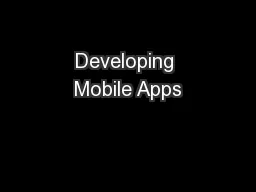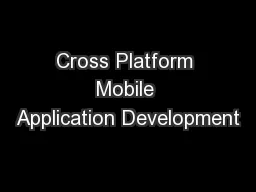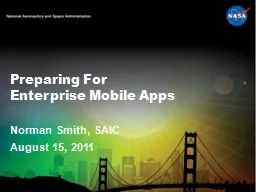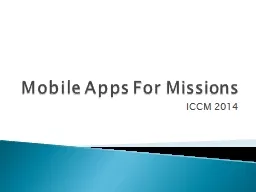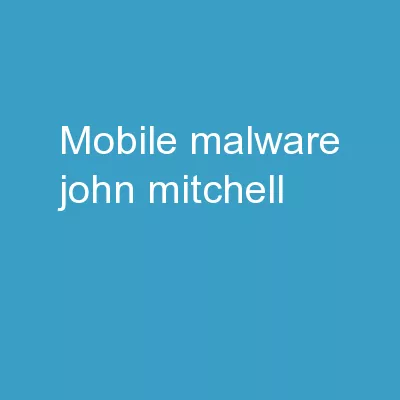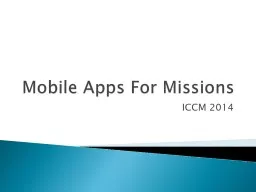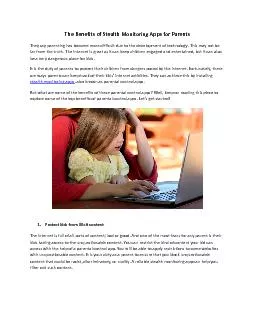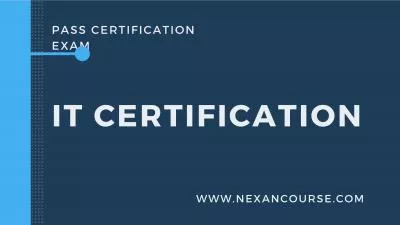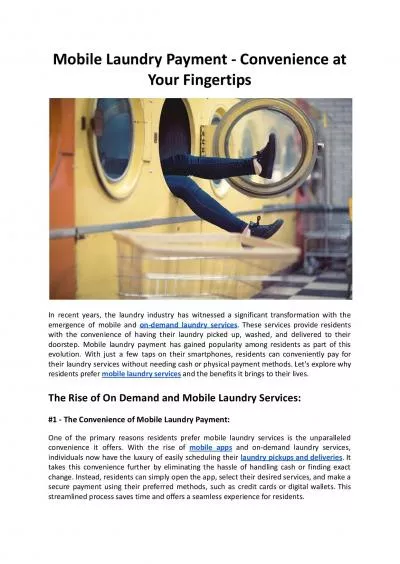PPT-Developing Mobile Apps with Exchange Web Services
Author : sherrill-nordquist | Published Date : 2018-12-04
Paul Robichaux paulrobichauxnet OUCB304 Mobile devices are important They are ubiquitous They represent both a huge opportunity and a huge risk in the enterprise
Presentation Embed Code
Download Presentation
Download Presentation The PPT/PDF document "Developing Mobile Apps with Exchange Web..." is the property of its rightful owner. Permission is granted to download and print the materials on this website for personal, non-commercial use only, and to display it on your personal computer provided you do not modify the materials and that you retain all copyright notices contained in the materials. By downloading content from our website, you accept the terms of this agreement.
Developing Mobile Apps with Exchange Web Services: Transcript
Download Rules Of Document
"Developing Mobile Apps with Exchange Web Services"The content belongs to its owner. You may download and print it for personal use, without modification, and keep all copyright notices. By downloading, you agree to these terms.
Related Documents


